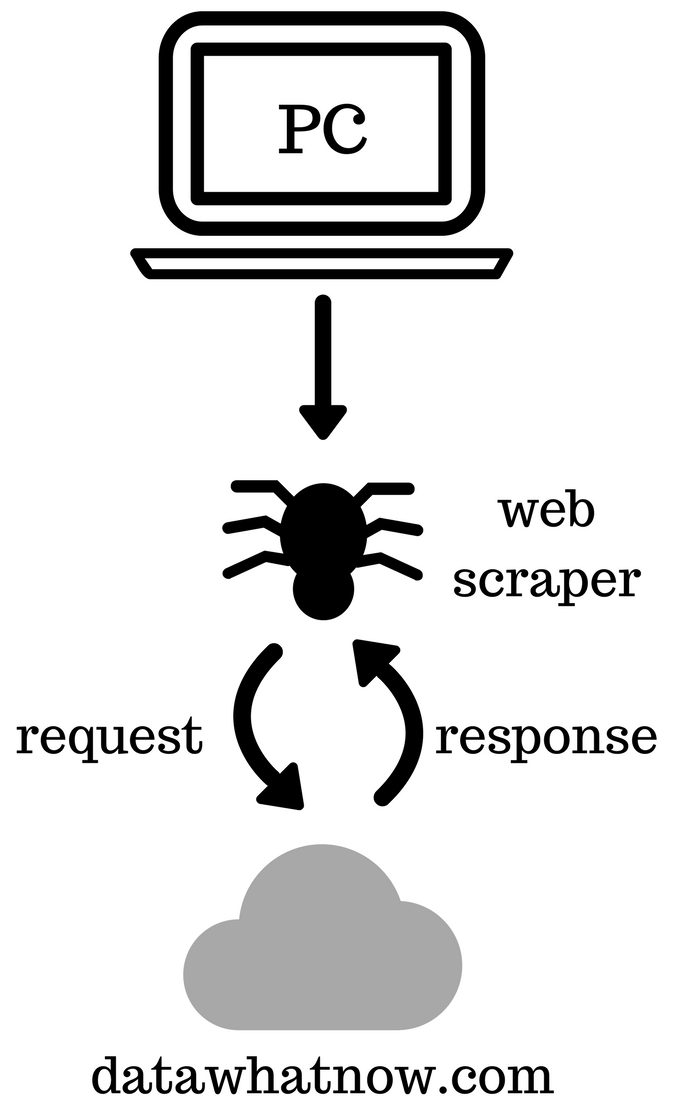
- #Webscraper projects how to#
- #Webscraper projects install#
- #Webscraper projects code#
- #Webscraper projects download#
You’ll use the setProperty method of System class to define the proxy’s properties. To set up a proxy using Jsoup, you’ll need to provide your proxy server details before connecting to a URL. With a versatile proxy service, such as datacenter proxies or residential proxies, you can hide your real IP address and circumvent the anti-scraping measures established by most popular websites. Optionally, you can use jsoup to implement a proxy and avoid being blocked or throttled when extracting data from websites.
#Webscraper projects code#
Here is the code that runs through each hyperlink on the target web page and outputs their texts and href attributes to the console: Lastly, after selecting the hyperlinks, it’s now time to iterate and extract their content. Here’s the syntax for selecting all the hyperlinks on the target web page: Elements pageElements = lect("a") 4. The select method returns a list of Elements (as Elements), providing you with a variety of methods to retrieve and work on the results. With the select method, which is available in a Document, you can filter the elements you want. jsoup uses a CSS or jQuery-like selector syntax to allow you to find matching elements. Selecting the page’s elementsĪfter converting the HTML of the target page into a Document, we can now traverse it and get the information we are searching for.

The Jsoup class uses the connect method to make a connection to the page’s URL.


With the parsable document markup, it’ll be easy to extract and manipulate the page’s content. Jsoup lets you fetch the HTML of the target page and build its corresponding DOM tree, which works just like a normal browser’s DOM. Here is the syntax for fetching the page: Document page = nnect("").get() Fetching the web pageįor this jsoup tutorial, we’ll be seeking to extract the anchor texts and their associated links from this web page. Then, after installing the library, let’s import it into our work environment, alongside other utilities we’ll use in this project. You’ll need to add the following code to your pom.xml file, in the section:
#Webscraper projects download#
#Webscraper projects install#

Let’s start by installing jsoup on our Java work environment.
#Webscraper projects how to#
Here are the steps to follow on how to use jsoup for web scraping in Java.


 0 kommentar(er)
0 kommentar(er)
